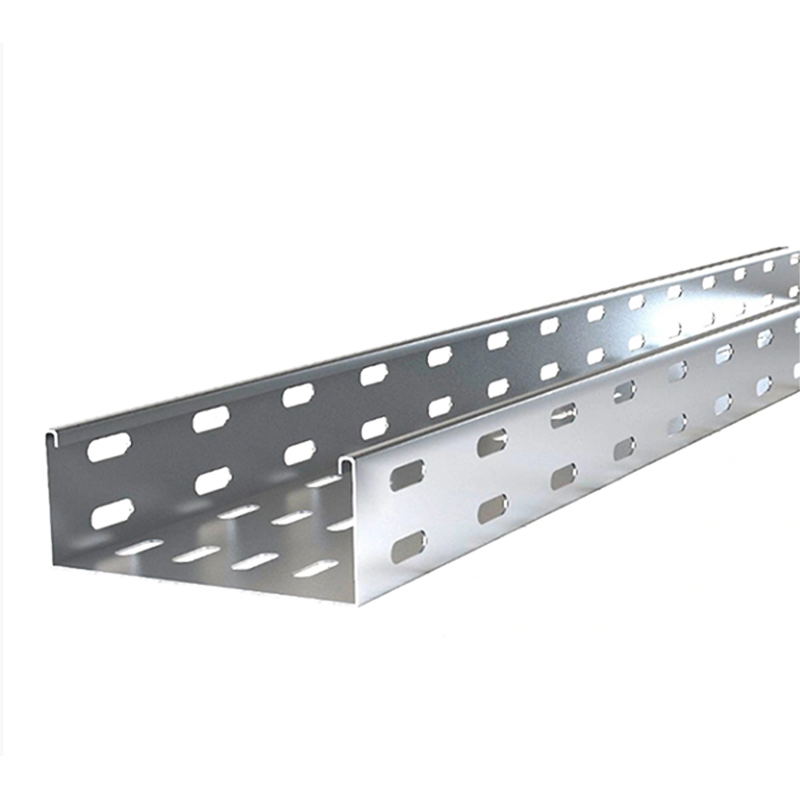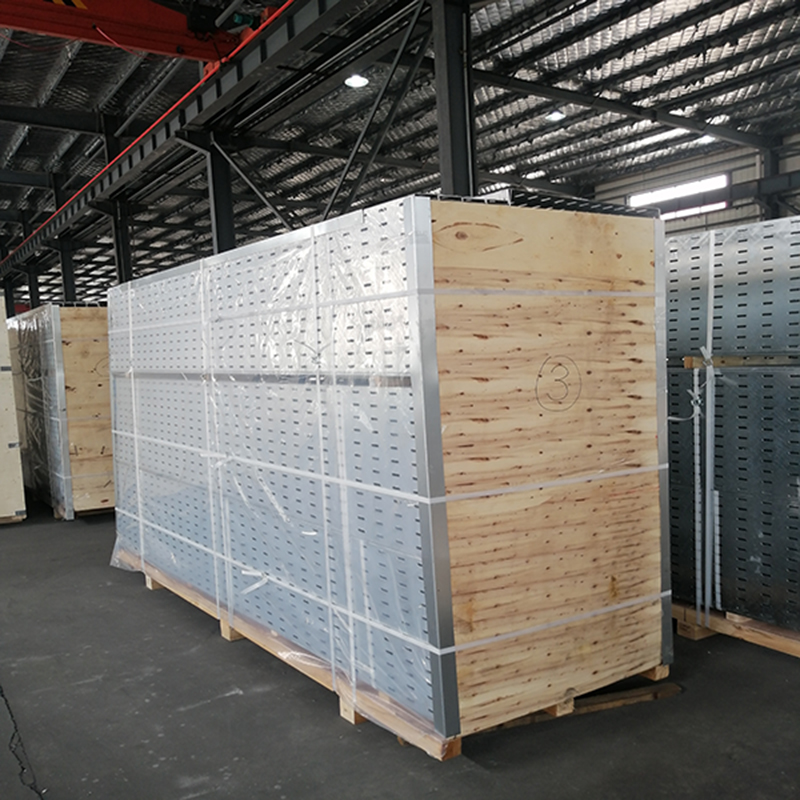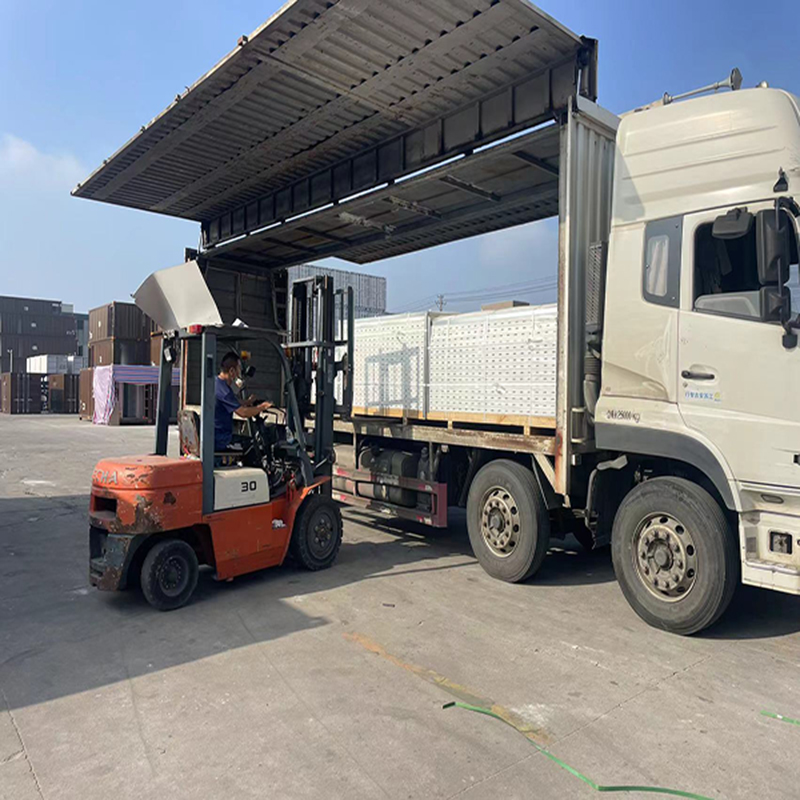There are several options to consider when managing and protecting electrical wires in industrial and commercial environments. The two most common methods are to use cable trays or conduits. Both have their pros and cons, but at the end of the day, there are compelling reasons to choose cable tray over conduit.
First, let’s take a look at the cable tray. These are support systems used to manage and protect insulated wires and cables. Cable trays are made from a variety of materials, including aluminum, steel and fiber-reinforced plastic. They are designed to withstand the weight of the cables they hold and can be installed in a variety of configurations, including ladders, solid bases, and wire mesh. Now, let’s check the pipeline. Conduit is a system used to protect and route electrical wires. It is usually made of metal, plastic or fiber and can be installed as a rigid or flexible system.
So why use cable tray instead of conduit? The answer lies in the advantages of cable trays over conduits.
One of the main reasons to choose cable tray over conduit is ease of installation. Cable tray installation is often easier and faster than conduit, resulting in cost savings. Additionally, cable trays can be easily modified and expanded, allowing for flexibility in the installation process. This is especially beneficial in environments where changes and additions may be made to the electrical system.
Another advantage of using cable trays is the improved ventilation and cooling they provide. Unlike ducts, which trap heat and restrict airflow, cable trays allow better air circulation around cables, helping to prevent wires from overheating and potential damage.
Cable trays also provide better cable visibility and accessibility. When conduit is used, the cable is enclosed within the system, making it difficult to inspect and maintain. Cable trays, on the other hand, allow for easy maintenance and troubleshooting, reducing downtime and potential safety hazards.
Additionally, cable trays are more cost-effective than conduits in the long run. While the initial cost of cable tray may be higher than conduit, its ease of installation, accessibility, and flexibility can reduce maintenance and operating costs over time.
In addition to these advantages, cable trays are also more environmentally friendly than conduits. Cable trays are often made from recycled materials and can be recycled at the end of their useful life. They also require fewer resources to manufacture and install than conduits, making them a more sustainable option for managing electrical wires.
In summary, while conduits have their uses and advantages, cable trays offer several compelling reasons to choose them over conduits. From ease of installation and maintenance to improved ventilation and cost savings, cable trays provide more efficient and effective solutions for managing and protecting electrical wires in industrial and commercial environments. If you are considering your options for managing electrical wires, cable trays should definitely be at the top of your list.
Post time: Mar-06-2024



